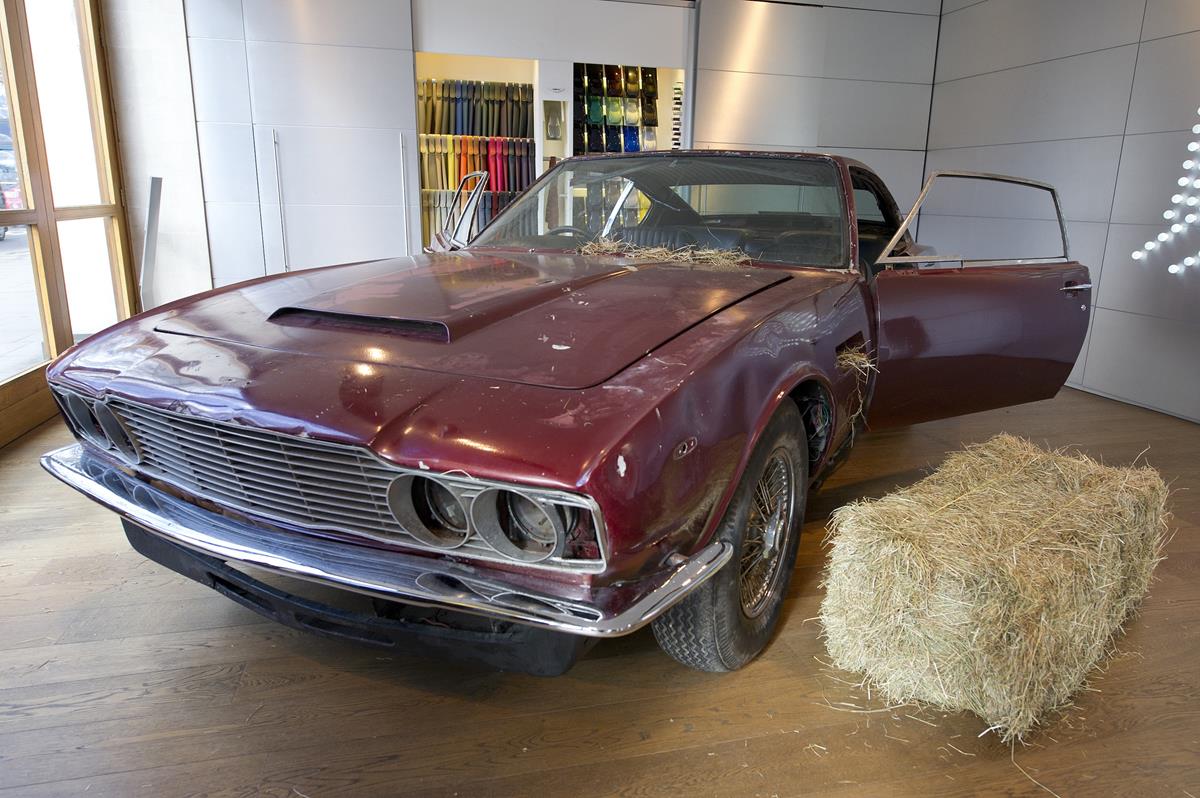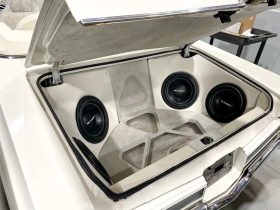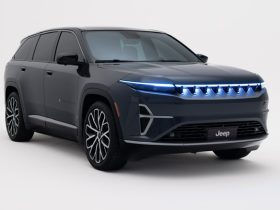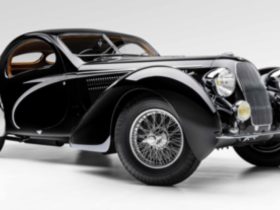Thanks to one of the most notable automotive enthusiasts, Bruce Meyer, the Petersen Automotive Museum can now welcome a new acquisition that will captivate generations for decades to come. The iconic 1932 Ford “McGee Roadster” will soon become a permanent fixture in the museum’s collections. In a gesture of generosity and respect for automotive history, Meyer personally handed over the keys to Terry L. Karges, the esteemed executive director of the Petersen Automotive Museum. The museum is delighted to display this quintessential American hot rod, which showcases the true spirit and ingenuity of American car culture. The exquisite McGee Roadster, built by the renowned hot-rod creator Bob McGee, revolutionized the roadster industry with its unique aesthetic. The roadster quickly became the talk of the town, and everybody wanted one. Now, after years of widespread popularity, the McGee Roadster will find its permanent home in the prestigious Petersen Automotive Museum. The museum and the iconic hot rod share a fascinating origin story that can be traced back to the roots of Hot Rod Magazine. Robert E. Petersen founded Hot Rod Magazine in 1948, setting into motion a series of events that would change the face of the roadster community forever. “Hot rods are vital to the entire automotive industry, and Robert Petersen is the man who really brought hot rodding to the people. This car is an important piece of automotive history, and there is no more worthy destination than the Petersen Automotive Museum,” said Meyer, who is also founding chairman of the Petersen.
Throughout its long history, the legendary roadster has been put through its paces on the vast, shimmering expanse of the Bonneville salt flats, as well as serving as a trusty companion for everyday drives. With its timeless design, this classic car has been responsible for inspiring and guiding many of the stylistic features that have become synonymous with the world of hot rodding.
McGee put in a lot of effort into creating the iconic style of the roadster back in 1947. The customization was extensive and included several modifications such as lowering the suspension, fitting larger Lincoln Zephyr wheels at the rear, installing a three-piece louvered hood, streamlining the grille shell and filling it to a peak, as well as hiding the door hinges and shaving the door handles. Moreover, the striking bright red color and the unique interior also added to the overall visual appeal of this exceptional vehicle. “The McGee Roadster is so much more than just a car. It is the symbol of an entire era and generation of innovative hot rodders,” said Karges. “We are honored by Bruce’s donation and proud to preserve this piece of history.”In the year 1956, McGee sold the roadster to Dick Scritchfield, a zealous devotee of hot rods and a professional in the auto industry. Scritchfield, who had remarkable associations in the film business, committed himself to renting out the car to various movie producers and television series for shooting purposes.
Scritchfield’s friend gave the roadster a makeover using a vibrant Candy Apple Red paint with silver metal flake, making it the debut non-experimental metal-flake paint job in the automotive industry. From then on, the car underwent various transformations before it was eventually restored to its original 1948 setup by Meyer in the late 1990s. The McGee Roadster’s prominent position in the hot rod community served as a catalyst for its wide adoption into mainstream culture. Throughout its storied history, this iconic vehicle has made countless appearances on the big and small screens, becoming a beloved symbol of a bygone era. From its unforgettable role in the hit TV series “Happy Days” to its appearances in classic shows like “Dragnet” and “Fantasy Island,” this vehicle has captured the hearts and imaginations of a generation. As a testament to its enduring popularity, it was even featured on a commemorative stamp released by the U.S. Postal Service in 2014, designed by acclaimed artist Derry Noyes and digitally rendered by the talented graphic artist John Mattos. All in all, this vehicle remains an enduring symbol of American culture and a beloved icon for generations to come.
The car’s current design has been put on display at both the Pebble Beach Concours d’Elegance and the Grand National Roadster Show, where it has taken home top honors. In a historic moment, the McGee Roadster was officially added to the National Historic Vehicle Register on April 12, 2017, making it the first hot rod to ever receive such a prestigious recognition. The McGee Roadster can now be admired by all at the Ross museum, where it is proudly on display for all to see.












